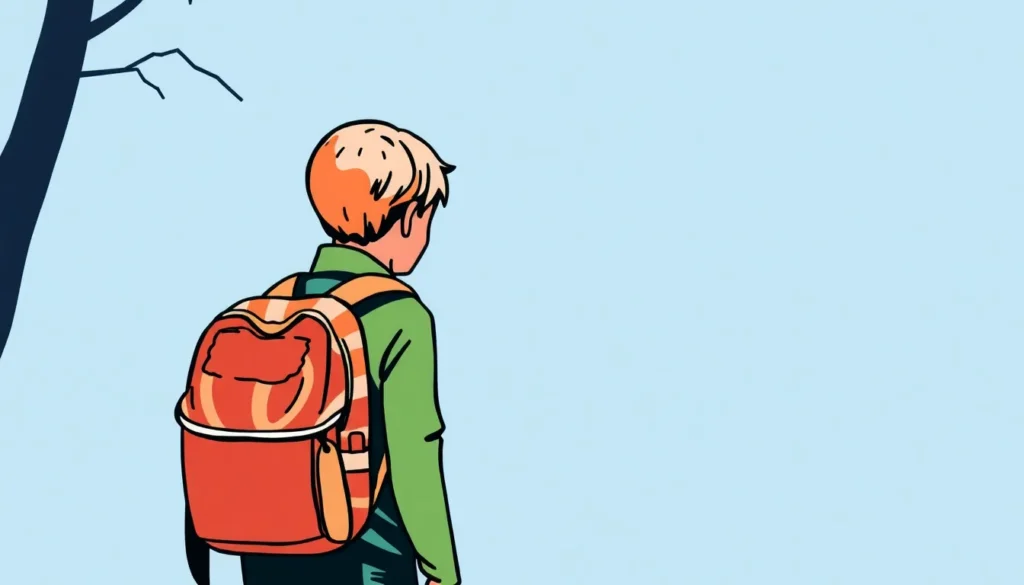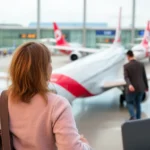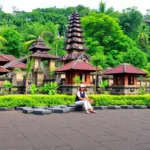Backpack Syndrome Clinical Picture of a Journey

Have you ever felt an overwhelming urge to explore the world, only to find yourself spiraling into a whirlwind of emotions? If so, you might be experiencing what some have humorously dubbed the "Mochiloco Syndrome." This affliction ranges from pure excitement to sheer panic as you prepare for your adventure, and it continues throughout the journey and even upon returning home. Buckle up as we delve into the intricate phases of this travel phenomenon, which many of us encounter yet few can articulate.
Understanding the phases of travel preparation
The journey of travel unfolds through distinct stages, each marked by its own set of psychological symptoms. Understanding these phases can not only help you navigate your emotions but also prepare you for the inevitable ups and downs of traveling.
Phase I: The Preparations
Symptoms:
- Euphoria
- Paranoia
- Anxiety
The initial phase of travel preparation is often filled with euphoric bursts of excitement. Imagine the thrill of booking your ticket and daydreaming about your destination.
“Oh my God! I can't believe I'm going to Asia! This is the best thing that could ever happen to me! I feel like the king of the world, better than DiCaprio in Titanic!”
However, this excitement can quickly shift to a state of paranoia and anxiety. Thoughts about potential dangers start creeping in, leading to a rollercoaster of emotions.
“What if I end up in a hostel with bedbugs? Or worse, what if a giant snake appears while I'm sleeping?”
This phase can be both exhilarating and exhausting, as the mind oscillates between joy and fear.
Phase II: The Journey
Symptoms:
- Anxiety
- Fobias
- Megalomania
- Paranoia
- Eating disorders
- Burnout
- Stress
- Loss of temporal reality
- Depressive episodes
- Early signs of dependencies
As you embark on your journey, the initial excitement can soon evolve into further anxiety and irrational fears. Each new environment presents unknown risks, amplifying the sense of unease.
“Did you hear that noise? Is there a snake under my bed? Or could it be a typhoon approaching?”
Eventually, this anxiety may give way to a feeling of liberation and inflated self-esteem. Travelers often feel invincible, like modern-day adventurers.
“Look at me, traveling on a budget! I’m basically Indiana Jones of the 21st century!”
But the high can quickly fade when faced with challenges such as being overcharged by a vendor, which brings back the paranoid thoughts.
“I must look like a total tourist! What did I do to deserve this?”
As the trip continues, eating disorders may emerge, often due to a monotonous diet consisting of local staples.
“I miss real food! Next trip, I’m bringing only a couple of shirts and a minimal amount of essentials!”
Mid-journey burnout can lead to a crisis of identity, as you struggle to grasp the passage of time and your place in this new world.
“Wait, has it been six months already? How can that be?”
Phase III: The Return
Symptoms:
- Major depressive episodes
- Visual and auditory hallucinations
- Dependencies
- Obsessive-compulsive disorder
Returning home can be the most challenging phase, often characterized by a profound sense of loss. It's akin to being a child who has spent months in a candy store, only to be returned to a dull hardware store.
“What am I supposed to do with all this boring stuff? I just want to eat candy and play!”
This phase can also trigger auditory and visual hallucinations. Your mind might betray you, conjuring memories and sounds that blur the line between reality and fantasy.
“I swear I just saw that elephant from Thailand cross the street!”
Additionally, compulsive behaviors can manifest, often as a coping mechanism to deal with the overwhelming nostalgia.
“I just need to look at my travel photos one more time, even though I know them by heart.”
The dependency on the travel experience can solidify, making it difficult to reintegrate into mundane life.
“I just found a cheap flight to Rome. Who’s in? I need more dumplings!”
Traveling the World: Embracing the Mochiloco Syndrome
Despite the challenges presented by the Mochiloco Syndrome, many strive to embrace this unique blend of emotions. The highs and lows of traveling can lead to personal growth, self-discovery, and a deeper understanding of the world.
Every traveler, at some point, has experienced this psychological rollercoaster, and recognizing it is the first step to managing it. The thrill of exploration often comes with a price, but it’s a price many are willing to pay for the sake of adventure.
Consulting on Travel: Tips for Managing the Mochiloco Syndrome
As you prepare for your next journey, consider these strategies to help mitigate the symptoms of Mochiloco Syndrome:
- Set realistic expectations for your trip.
- Practice mindfulness to manage anxiety.
- Stay connected with loved ones while traveling.
- Document your experiences to process your emotions.
- Balance adventure with rest to avoid burnout.
- Seek support from fellow travelers when feelings become overwhelming.
What is travel syndrome?
While Mochiloco Syndrome might be a lighthearted term, it reflects a genuine phenomenon among travelers. The intense emotions surrounding travel can create a complex psychological landscape, leading to both excitement and distress.
Understanding the underlying feelings can help travelers prepare themselves better and enhance their experiences, transforming challenges into opportunities for growth.
What do we call the desire to travel?
The yearning to explore new destinations is often termed wanderlust. This powerful longing drives individuals to seek adventure and discover the world beyond their immediate surroundings. It’s an instinct that has fueled human exploration for centuries and continues to inspire countless people today.
Whether you identify with the symptoms of Mochiloco Syndrome or simply feel the pull of wanderlust, the journey of travel is undeniably enriching, filled with lessons and insights about ourselves and the world around us.





Deja una respuesta